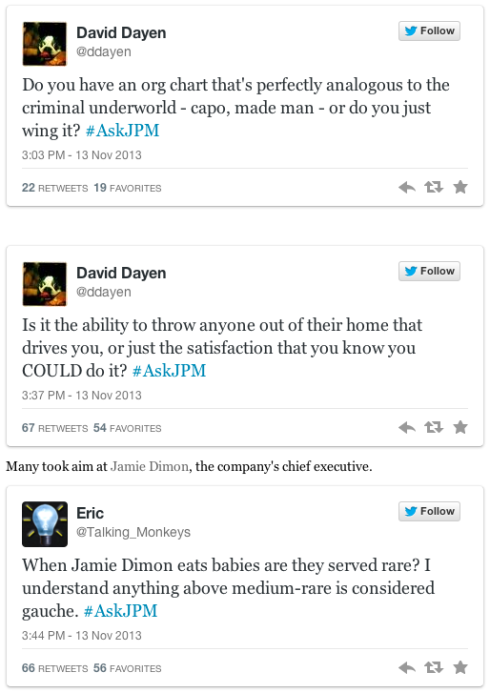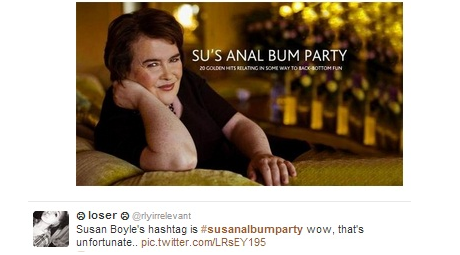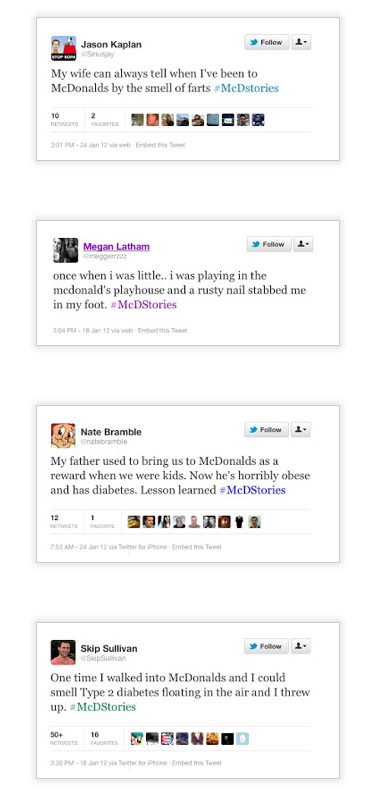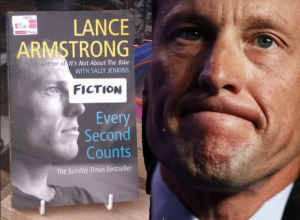I’d like to think that I have the capability to be a funny person, sometimes. But would I be willing to risk combining my particular brand of humor with a public relations move? It depends how courageous I was feeling.
“Humor and business writing: At first blush it may seem like a strange marriage — Woody Allen and Soon-Yi Previn-level strange,” said PRSA’s Ken Scudder in a 2013 article. “Humor is about taking chances, pushing envelopes, finding weaknesses and contradictions and pointing them out in ways ranging from lightly disparaging to downright cruel.
Business writing is about selling an idea, playing it safe (for the most part), giving the facts and explaining what they mean. These appear to be contradictory methods and goals.
Despite this, humor can be an effective part of a business writer’s arsenal. When you correctly execute it, humor will increase comprehension and help you win over your audience.”
You don’t always think humor when you think of JPMorgan, but the financial institution showed a little humble wit when its #AskJPM didn’t go as planned.
The audience was asked to send in questions related to the topic of “leadership and life” for one of its executives to answer during a Twitter chat this week. This is how that went.
“Probably wisely, JPMorgan decided to cancel the Twitter chat,” said Walter Hamilton of the Los Angeles Times. “At least the company kept its sense of humor.
Asked for a comment on the PR mishap, this is spokesman Joseph Evangelist’s response via email: ‘#Bad idea! Back to the drawing board.’”
Humor can be proactive or in response to something. JPMorgan’s example was responsive, but it still worked to save some face.
“If you use humor incorrectly, however, then it will trash your argument, alienate your audience and force you to look for work in a country with limited-to-no-Internet access,” said Scudder.
Ohio State University might have taken a few moments before attempting to put a humorous spin on the evacuation of a dorm, due to a busted water main, by combining it with rape education.
“Conveying humor through social media is a challenge. When it’s done well, it can be really effective. However, if it’s misinterpreted or your intent is unclear, you leave yourself open for criticism,” said Heather Whaling, of PRtini.com, about the incident.
If you hone it well enough, it can turn into more than just passing engagement. Clorox earned the 2012 award of “Best Social Media Campaign” from PR Daily with its campaign, “The Clorox Lounge,” which lead users to the site with “potty humor” but kept them there with relevant videos, a prize giveaway and forum discussion.
“Humor isn’t the whole meal, but it makes a great appetizer,” said Kathy Klotz-Guest in a 2005 marketingprofs.com article.
As Scott Stratten, president of UnMarketing and “named one of the top 5 social media influencers in the world on Forbes.com,” shows, even PR pros need some humor thrown their way from time to time to get important best practice points across.
I’ll leave you with one of my favorite YouTube videos from him based on his book, QR Codes Kill Kittens.











